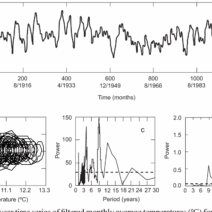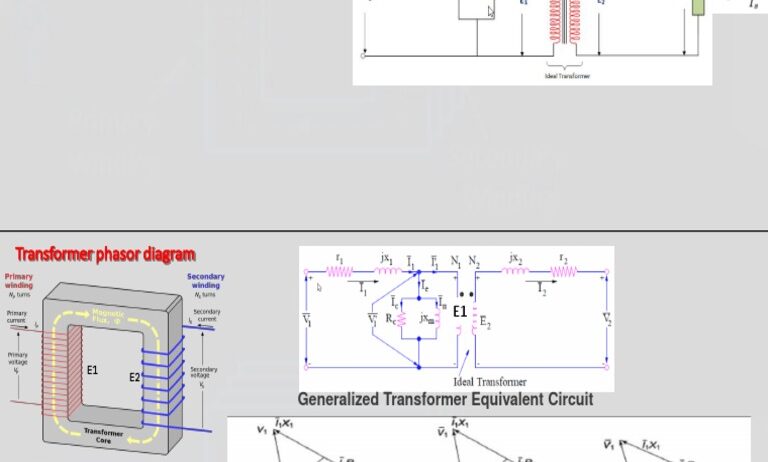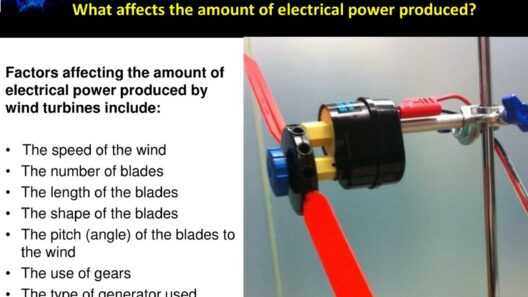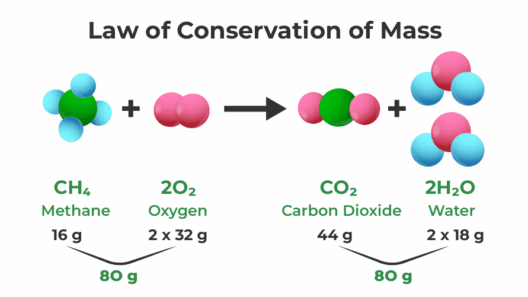Transformers are ubiquitous devices in our modern infrastructure, operating quietly to support our energy needs while ensuring minimal waste. At first glance, one could be led to ponder: how does a transformer facilitate voltage changes without incurring energy losses? This question invites a deep dive into the principles and mechanics underlying transformer efficiency and energy conservation.
To understand energy conservation within transformers, it’s vital to dissect the fundamental workings of these machines. A transformer operates on the principle of electromagnetic induction, allowing it to convert alternating current (AC) electricity from one voltage level to another. The device consists of two coils, known as the primary and secondary windings, which are wrapped around a core, typically made of ferromagnetic material. This configuration enables the regulation of voltage levels, linking power generation to distribution with remarkable efficiency.
The core of a transformer plays an instrumental role in energy conservation. It channels the magnetic field between the coils, ensuring that energy transfer is optimized. The efficiency of a transformer, often exceeding 95%, is primarily a consequence of this design. When electrical energy flows through the primary winding, it generates a magnetic field that induces a voltage in the secondary winding, based on the principle of Faraday’s law of electromagnetic induction. The beauty of this mechanism lies in the fact that power remains conserved as long as the transformer operates under its rated capacity.
However, the notion of “energy loss” cannot be entirely sidelined. Despite their efficiency, transformers are not devoid of losses. One key type of loss is known as core loss, which occurs due to the material properties of the core itself. As the magnetic field fluctuates, it induces eddy currents—circular currents that can create heat. Additionally, hysteresis losses arise from the magnetic material’s inherent resistance to changes in magnetization. While these losses are minimal, they do highlight an essential aspect of transformer operation: even a highly efficient system is subject to some degree of energy dissipation.
Let’s consider another challenge: copper loss. This phenomenon occurs in the copper windings of the transformer. As electrical current flows through these conductors, resistance yields heat. The extent of copper loss is proportional to the square of the current, which emphasizes the importance of operating transformers within designated parameters. Practically, managing load levels is essential to minimize these losses. By optimizing load management, utilities can significantly reduce waste, ensuring that the electrical energy delivered is as close to the generated energy as possible.
Yet, the crux of the question of conservation lies in the relationship between voltage and current. The transformer operates under the principle that as voltage increases, current decreases, and vice versa. This inverse relationship is captured in the formula: V₁/I₁ = V₂/I₂, where V is voltage and I is current in the primary (1) and secondary (2) windings respectively. Hence, a high-voltage transmission over long distances minimizes current flow, which effectively reduces resistive losses in conductors. This optimization epitomizes energy conservation, creating a seamless transition from generation to consumption.
One might pose the following query: how can this principle be effectively applied in addressing climate change? The answer lies in the transition to renewable energy sources. As societies strive toward sustainability, the role of transformers becomes increasingly vital. By enabling the integration of wind and solar energy into existing power grids, transformers facilitate efficient energy distribution while reducing reliance on fossil fuels. Innovations in transformer technology, such as the development of high-efficiency units and the advent of smart transformers equipped with monitoring sensors, enhance operational efficiencies and further bolster energy conservation efforts.
Moreover, transformers embody a dual responsibility: not only do they serve as energy conduits, but they also contribute to the resilience of modern electrical systems. With ageing infrastructures in many regions, the imperative for upgrading and replacing inefficient transformers becomes paramount. Investing in high-efficiency transformers can yield substantial reductions in greenhouse gas emissions. In this light, the importance of energy conservation through transformers transcends mere technicality; it emerges as a crucial component of climate action strategies.
Furthermore, advancements in materials science offer exciting prospects for improved transformer efficiency. Research into amorphous steel cores and superconducting materials highlights the potential for further minimization of both core and copper losses. Ultimately, the goal remains clear: enhancing energy conservation while effectively addressing the looming challenge posed by climate change.
In conclusion, transformers exemplify the remarkable interplay between engineering, energy, and environmental stewardship. Through the principles of electromagnetic induction, strategic design, and the utilization of advanced materials, these devices facilitate voltage changes with remarkable efficiency. As the global community grapples with the realities of climate change, the role of energy-efficient transformers must not be overlooked. Their capacity to transport and convert electrical energy with minimal losses presents a tangible pathway toward a more sustainable future. In this sense, the humble transformer stands not only as a cornerstone of modern electrical engineering but also as a pivotal ally in the quest for environmental preservation.







